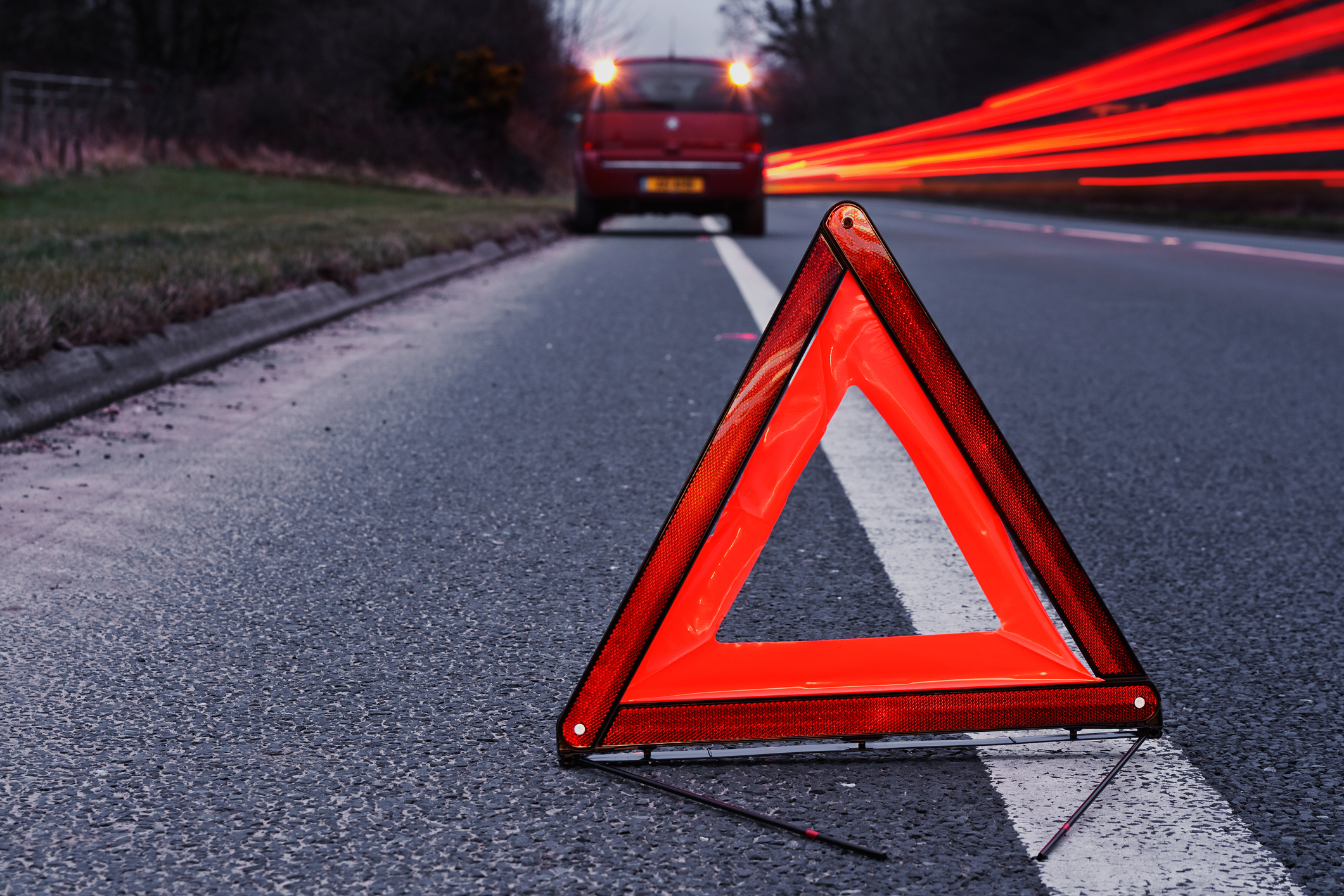The Road Kit Makeover: How to Survive Unforseen Circumstance

Midwestern drivers endure harsh winters, so they’re acutely aware how preparation helps them survive breakdowns during the coldest and darkest months of the year.
“Put an emergency winter survival kit in your car,” said Tod Pritchard, an emergency preparedness coordinator for Ready Wisconsin. “It could save your life and the life of your passengers.”
Pritchard cautioned how winter weather changes rapidly, and ill-prepared drivers face the harshest consequences. Although there’s no need to turn your vehicle trunk into an emergency response vehicle, Pritchard encouraged all drivers to pack basic winter weather gear.
“Prevention and planning are much easier than dealing with the consequences,” said Troy Green of The National Highway Traffic Safety Administration.
Keep jumper cables, a jack and a fully inflated spare on hand. Also include a jacket, flashlight and comfortable shoes. The NHTSA and the Wisconsin Emergency Management Team suggests stowing away the following items in your emergency kit:
- Flashlight
- Road flares
- Warning triangle
- Reflective vest and/or flag
- Blankets
- Jumper cables
- Jack and ground mat for changing a tire
- Basic repair tools and some duct tape (for temporary repair of a hose leak)
- A jug of water and paper towels for cleaning up
- Cell phone charger
- Cell phone
- Dry clothes
- First-aid kit
- Small shovel
- Ice scraper
- Maps that provide an alternative to smartphone navigation, especially in remote areas
- Protein-rich food like nuts and energy bars; canned fruit and a portable can opener
- AM/FM radio to listen to traffic reports and emergency messages in case your cell phone isn’t receiving service
- Baby formula and diapers if you have a small child
- Kitty litter for traction if you’re stuck in the snow